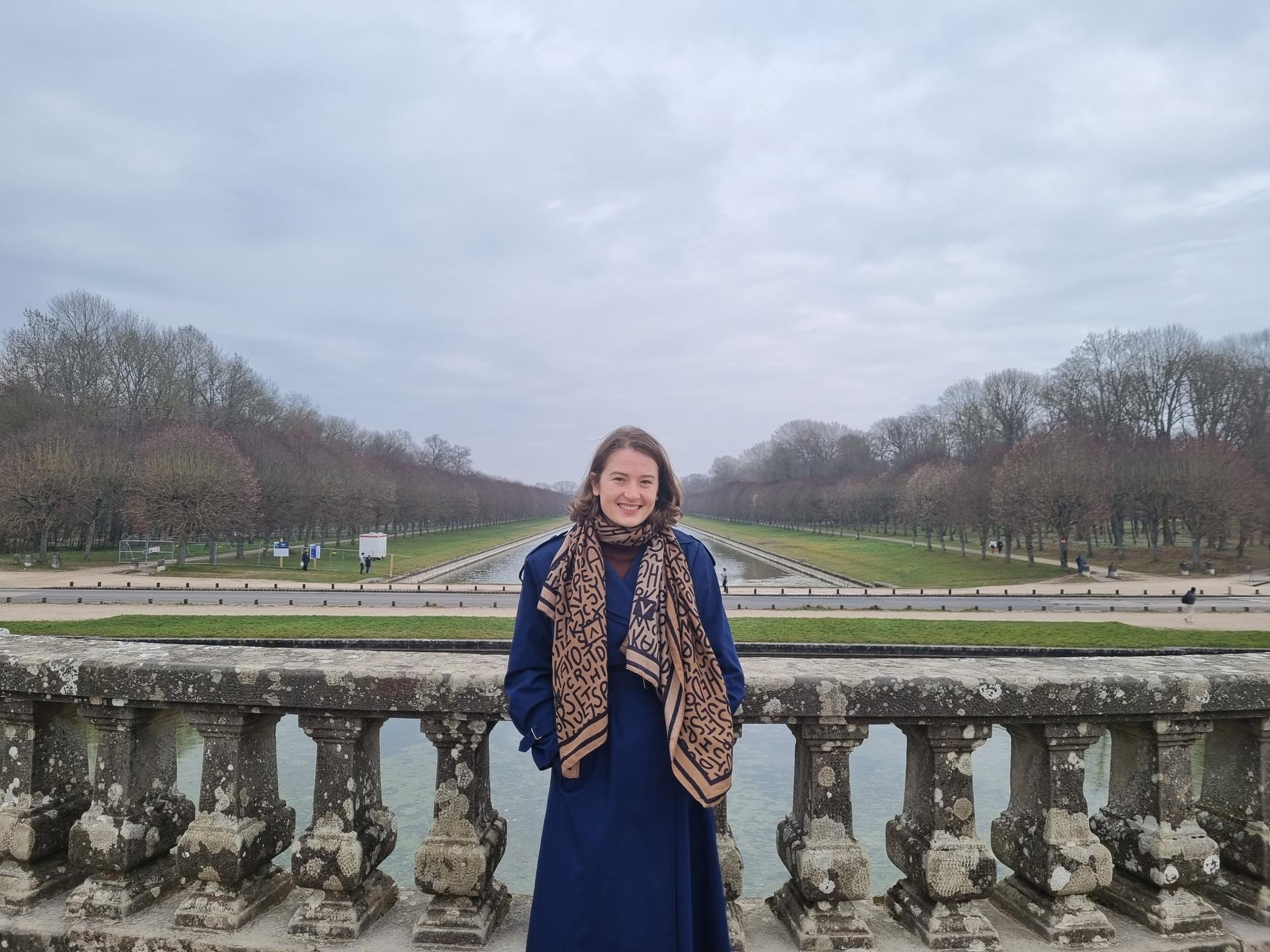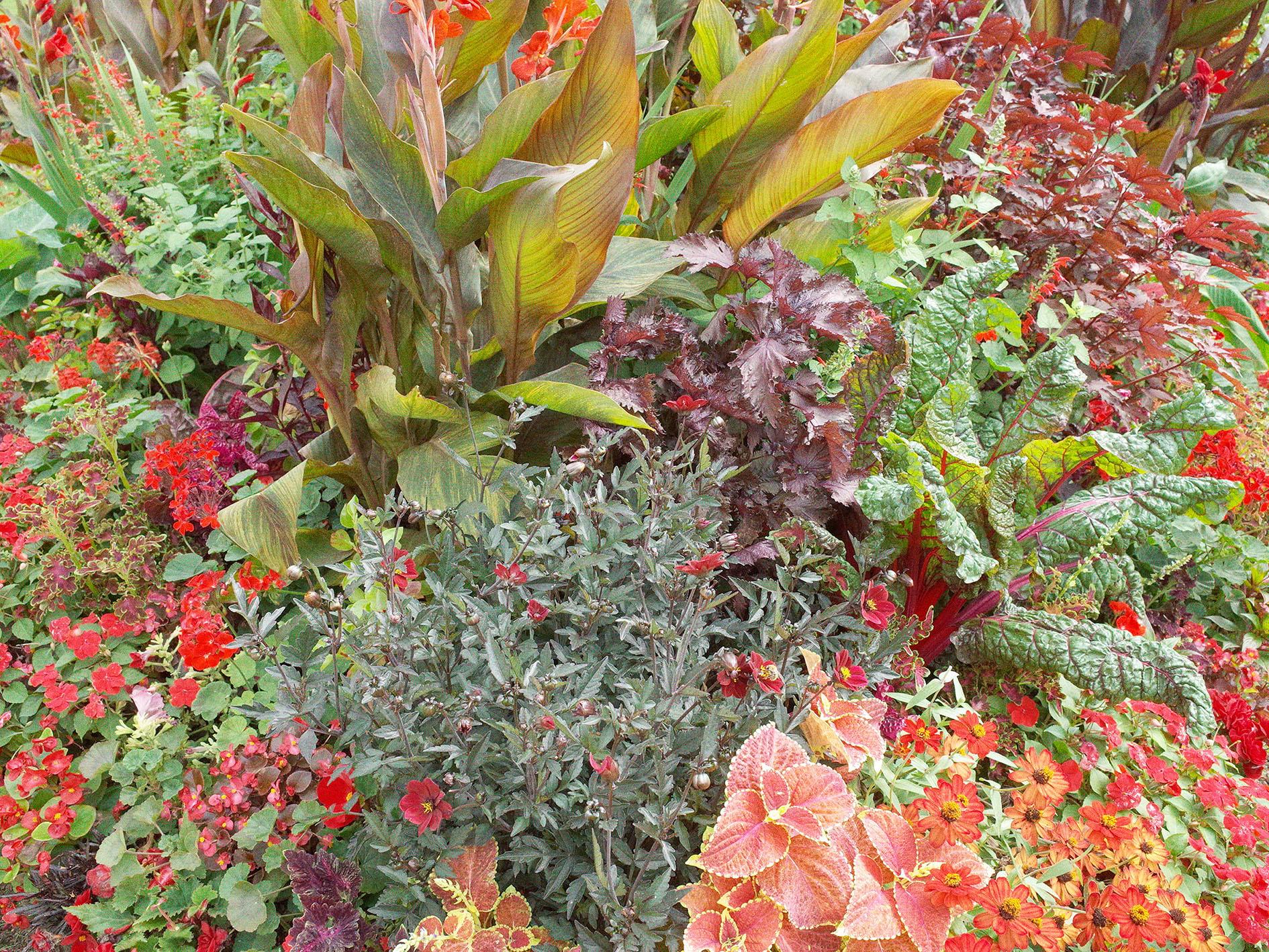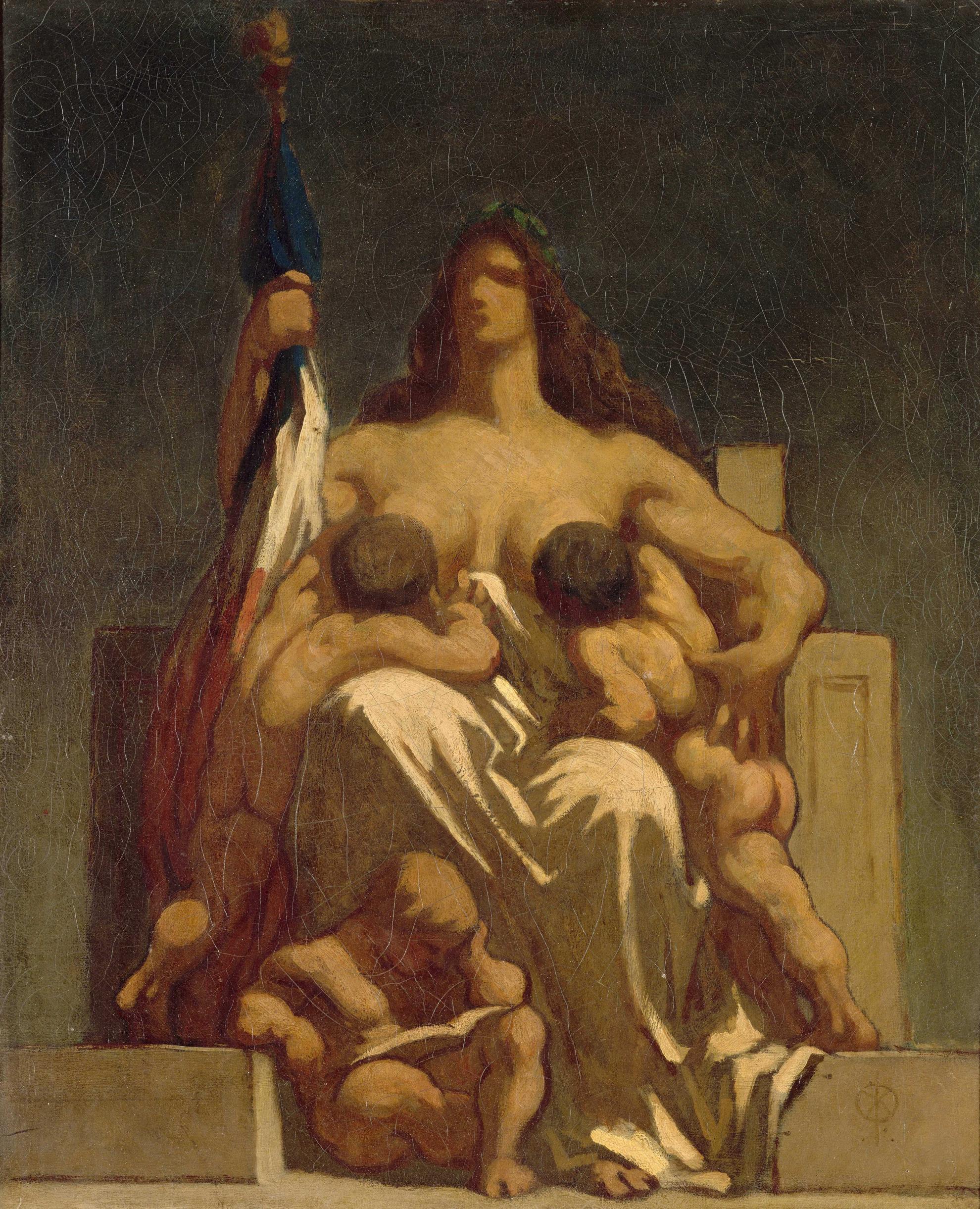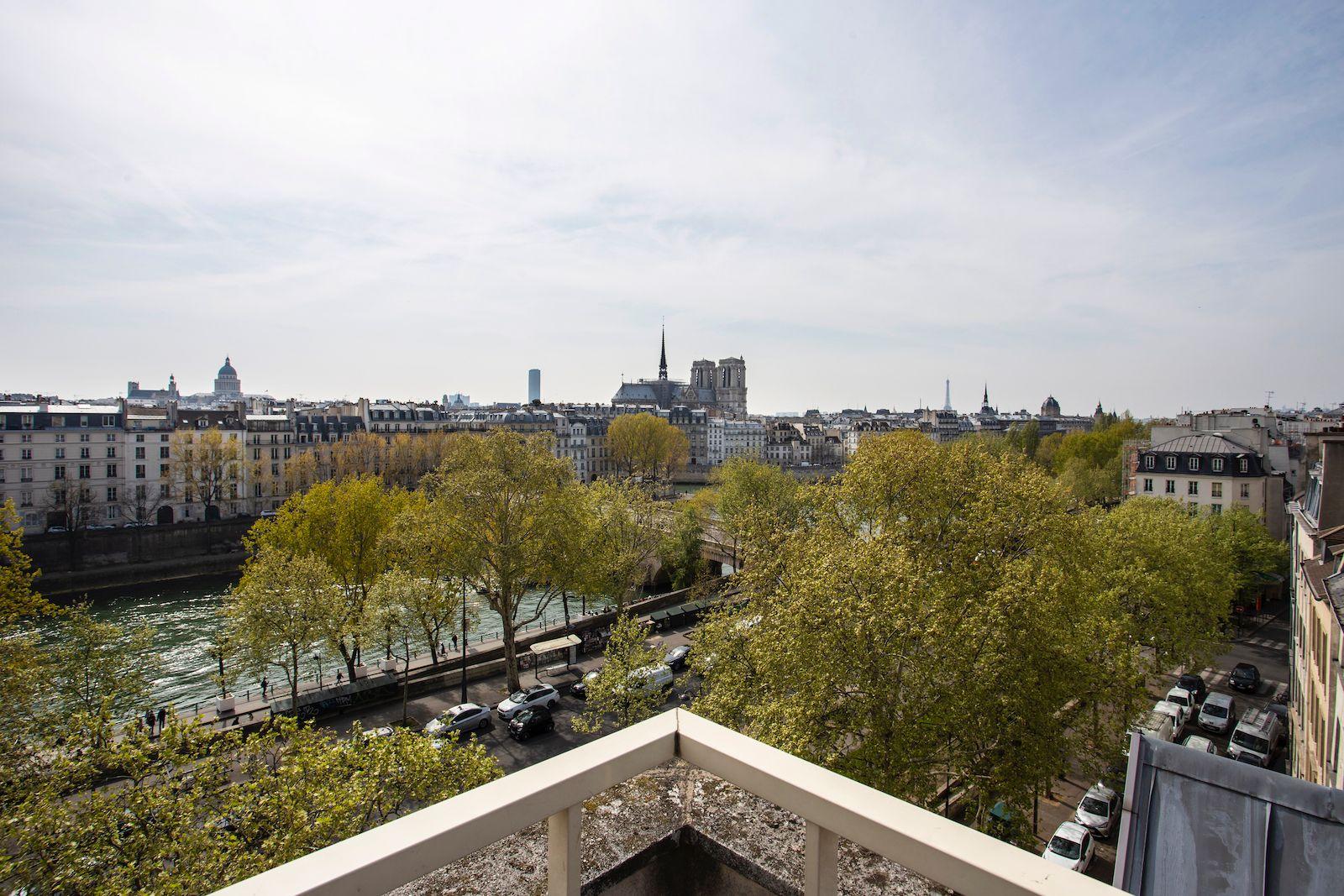
Our four 2023 Paris Residency Fellows
Here you can learn more about our 2023 Nicholas and Angela Curtis Cité Internationale des Arts Residency Fellowships.
The judging committee for the 2023 Fellowship competition comprised:
- Professor Mark Ledbury, Director of the Power Institute, University of Sydney
- Amrit Gill, 4A Centre for Contemporary Asian Art
- Anneke Jaspers, Senior Curator Collections, MCA
- Andrew Lavery, Chair of Department and Director, Sydney College of the Arts
The Fellowships are made possible thanks to the generous support of Nicholas Curtis AM and Angela Curtis.
Learn more about the Paris Residency
People

Imogen King
Imogen is a PhD student from the Department of Art History at the University of Sydney. She has just completed her first year working on a thesis currently titled Interior Women: Print, Gender, and Inwardness in Eighteenth-Century France. Imogen is exploring the concept of interiority as of unique cultural concern through the period. Her work draws upon a discernible cultural shift towards privation, and a growing interest in the individual subject as divided between public outwardness and private inwardness. This shift is observable across cultural fields such as literature and architecture, as well as in burgeoning cultural practices such as private reading. The thesis will track these emergent transformations as they appear in print culture; and will have a particular focus on representations of the increasingly specialised, compartmentalised, and gendered spaces of Eighteenth-Century France, such as boudoirs, convents, and garden architecture.
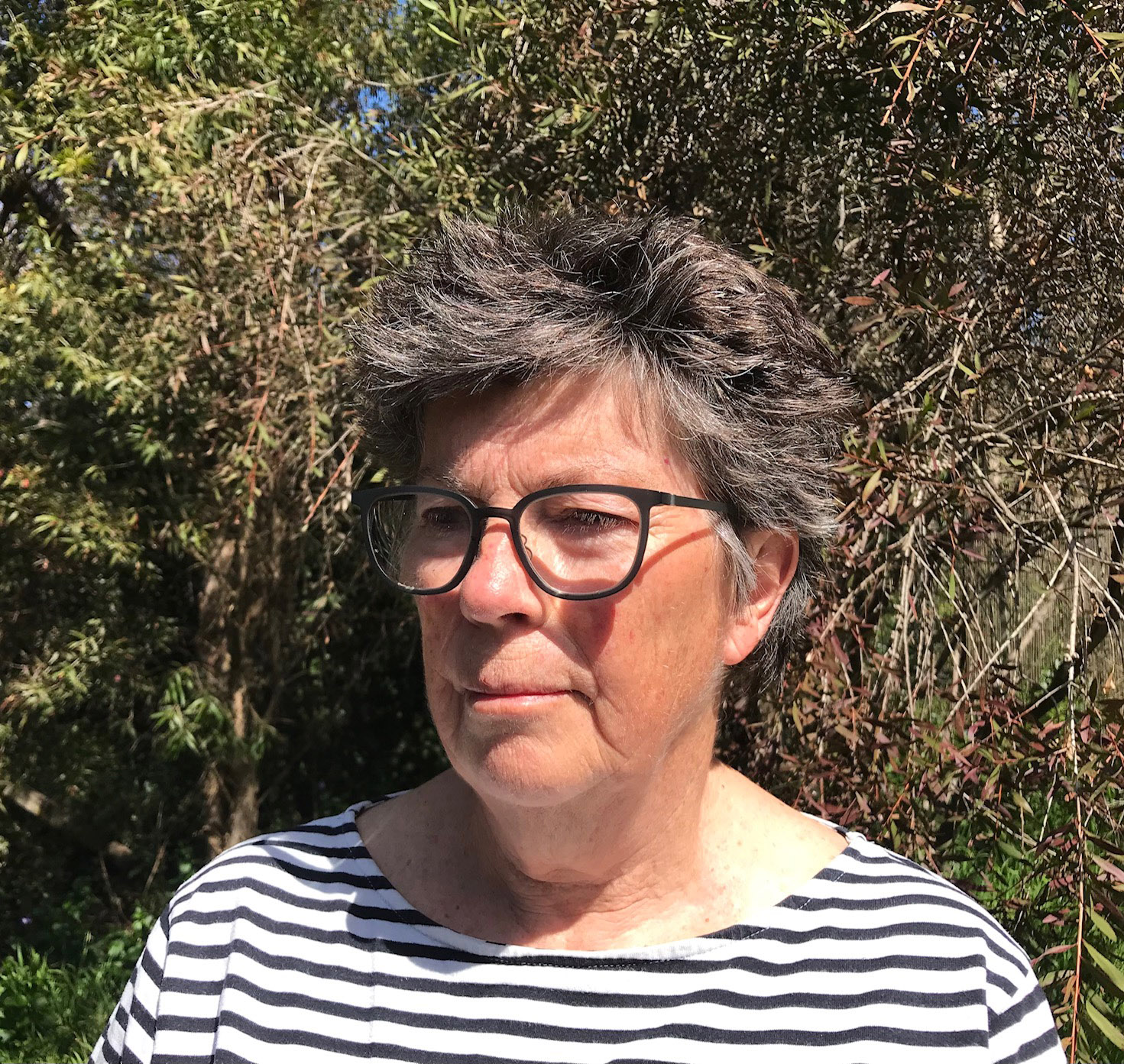
Catherine Rogers
Catherine is a visual artist who works with photography, its histories, practices and concepts as source material for her work. This study intends to build on her work on WHF Talbot (1800-1877) and his very English development of a highly practical, negative/positive photography. In France, and predating Talbot’s experiments, were two important photographic inventors and experimenters Nicéphore Niépce (1765-1833) and Louis Jacques Mandé Daguerre (1787-1851). While in France Catherine seeks to view as many Niépce and Daguerre related images, objects and places as is possible including museums holding material such as: Le Musée des Arts et Métiers which contains the Niépce brothers’ invention of the internal combustion engine, among other objects. The Musée d’Orsay has a large holding of Daguerre related material. The Musée Adrien Mentienne in Bry-sur-Marne is the other specialist museum on Daguerre. Similarly, Niépce’s house and museum at Saint-Loup-de-Varennes (near Chalon sur Saône) is the place where Niépce made his first photographic image looking from the window. Catherine’s proposed outcomes are intended to be primarily visual, and exploratory.
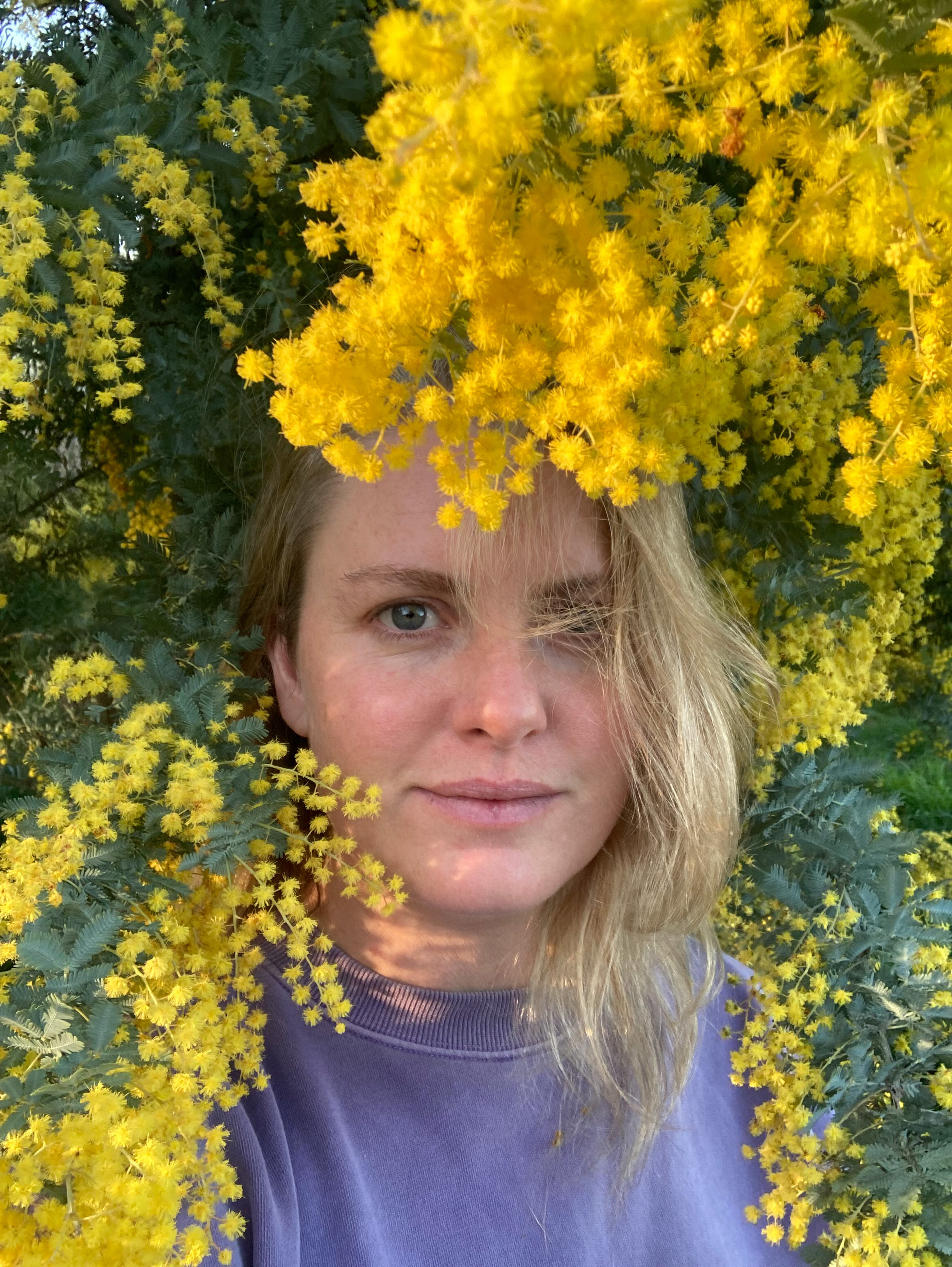
Lauren Carroll Harris
Lauren won the Terrence and Lynette Fern Cité Internationale des Arts Residency Fellowship in 2020 and due to Covid was not able to take up the residency until 2023. Lauren’s stay at the Cité will serve a two-fold purpose: first, in her curatorial practice, she will prepare the fourth program of Prototype (an innovative commissioning platform, which delivers new video art and experimental short film to audiences by email newsletter, of which she is the founding curator), linking up with Australian artists in Europe. And second, Lauren will use her time and space to work on two longform pieces of non-fiction for publication in two overseas magazines, to aid the long-term international development of her writing career. Her current writing projects focus on the representation of pregnant women in cinema and the afterlives of empires.

Catlin Langford
For the past three years, Catlin has been researching early colour photography, focusing on the autochrome. Invented by the French Lumière Brothers, the autochrome was released in 1907 and was the first commercially available colour photography process. Catlin’s research focused on the Victoria and Albert Museum’s collection where she was curator. Since returning to Australia, she has been researching autochromes in the Asia Pacific, including visiting collections at the State Library of Victoria and Tasmanian Museum and Art Gallery. This research will inform upcoming work on the history of colour photography in Australia and wider research on international autochrome collections. Through the Cité Internationale des Arts Residency, Catlin will expand her research on autochromes and forge important connections with collections and individuals in the birthplace of the autochrome: France.

